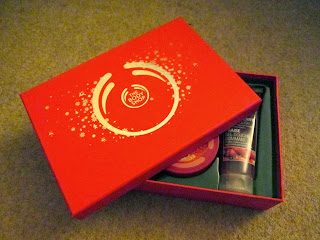"What Is Research?"
Richard Miles
Research is a legacy of the age of The Enlightenment
The Age of Enlightenment in the 18th Century
- Process of rationality and reason where science/ philosophical thinking made leaps and bounds of progress
- Secularisation
- Reason rather than Metaphysics (Spirit or Soul- Non-Scientific)
- Belief in a unified scientific method (Scientism)
- Positivism
- Art and Design wasn't put into Universities originally as it wasn't based on scientific research and not providing valuable knowledge
- System which is antagonistic towards Art and Design Research and Degrees
"Two Cultures and the Scientific Revolution" (1959) by C.P. Snow
- 2 totally inseparable cultures which were two different things
- They would never be able to fuse together/ work alongside each other
Positivism
- A school of thought interested solely in Facts
- Research should always lead to positive definite knowable outcomes
- Separation of fact from value (Value freedom)
- Objectivity
- Measurement rather than Argument- Facts speak for themselves
- Causation, Separation, and Control of Variables
- Rigorous and Underlying Principle behind it
In order to pass our degrees, we have to pass this scientism
Approaches to Research:
- Empiricism
- Quantitative Research
- Qualitative Research
- Subjectivism
Empiricism
- Research that is done through setting up an experiment and observing
- The common sense legacy of scientific positivism
- Universally regarded as solid research
Quantitative Research
- Can lead to the collection of data and facts
- Numbers, Charts
Qualitative Research
- An Interview with someone/ Crits and Feedback
- A constant process of talking to people and getting comments back
Subjectivism
- Laughed at by sciences as it is based on what people think
Action Research
- Theorised in the 60's/70's
- The Creative Process- Academically defining a practise based research
- Researcher has an idea of something they want to investigate and they place the idea within a real world context, seeing how it would work and reflect back on it. From that they change and develop it before going through the cycle again to see if it works any better.
Praxis
- A Marxist Concept
- The unification of thinking and doing so that you can make and do
- An aim for synthesis within practise
Methodology
- A way of going back something in a systematic and logical manner
- The science of method, employed in a particular activity
- The way that we work as Creatives is our own Methodology as we have a process that we go through when making work
- Each project will have its own approach such as: Historical, Sociological, Semiotic, Psychoanalysis, Postmodernist, Communication Theory, Reflective Practise, Data Collection, Participant Observation, ext.
Epistemology
- The philosophical science of philosophy into knowledge
- 'Ways of Thinking About Thinking'
- Making a decision based on not knowing something
The Hermeneutic Circle
- Theorised and developed by Heidegger
- Interpretation is a process designed to clarify an experience and assign meaning to it
- Investigating something as a process that gradually leads to a deeper understanding
- This is aided by The Hermeneutic Circle which involved looking at different perspectives on events and relating individual components
Paul Ricoeur "The Conflict of Interpretations"
- The theory of their being Three Overlapping levels of interpretation
- Behind the Text- History/ Background
- In/Through the Text- Reception of the reading at the time and the Audience
- In Front of the Text
Example of The Hermeneutic Circle via the song "Nelson Mandela" (1984) by The Special AKA:
Behind the Text:
- Context is the Apartheid and the imprisonment of Nelson Mandela
- The Multicultural nature of England in the 80's and the brutality of racism
In Front of:
- Became a Global Success as a Protest Song
- An Anthem of being anti- Apartheid which was a catalyst for social change and to the release of Nelson Mandela, speeding the message of Mandela's cause
- Conservative Party, a year later, was venomous towards Mandela calling them Terrorists
Through the Text:
- Song produced through a collective of white and black musicians via a mixture of different musical backgrounds
- Gave a celebratory feel even thought that wasn't the initial intention
What Research do you need to undertake as part of your Culture?
- Key Figures and History?
- Prevailing Attitudes?
- Approach to Chosen subject?
- Thinking Through Doing
- Who is the Research/ Project for?
- Challenging existing knowledge in the field?



















































































































































































